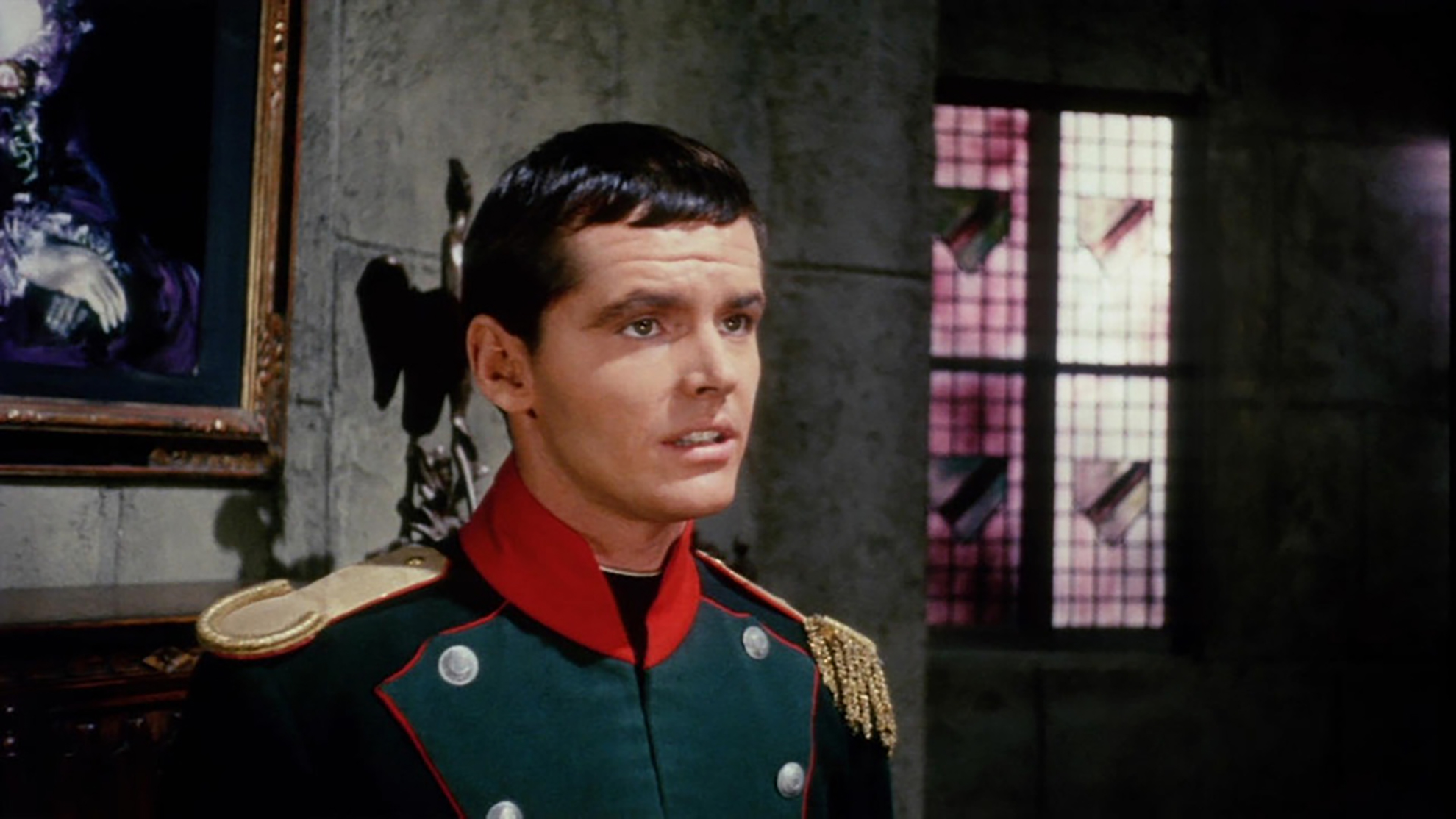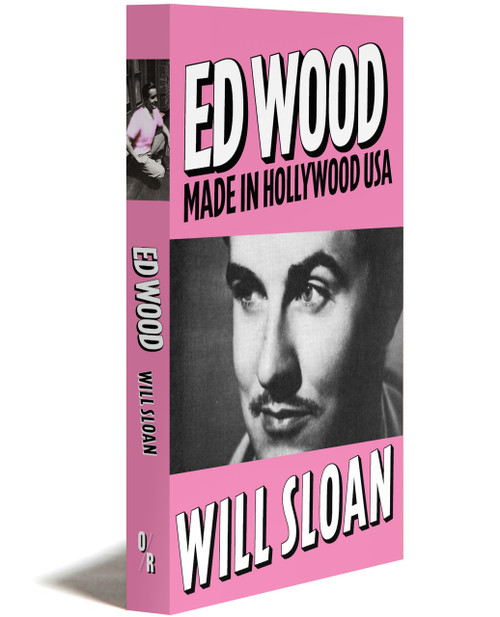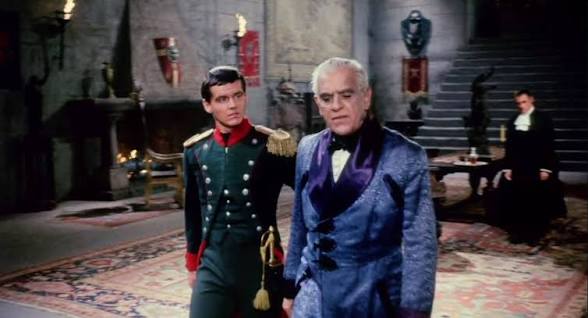
Roger Corman’s “The Terror” by Will Sloan
The story goes that after completing principal photography on The Raven (1963), producer/director Roger Corman realized he still had a perfectly good castle set and a few days with nothing to do. So, he recruited one of The Raven’s stars, Boris Karloff, and two young, hungry actors who worked cheap—Dick Miller and (…hang on, let me check the spelling of his name…) Jack Nicholson—and improvised a gothic horror film, vaguely in the style of Corman’s popular Edgar Allan Poe films, over two days. This footage was the foundation for the film that became The Terror, a striking and often hilarious film that embodies the Corman spirit like no other.
A right-brained entrepreneur with a background in engineering, Roger Corman entered the film industry because he liked movies more than he liked science. Corman’s early films—titles like It Conquered the World (1956), Attack of the Crab Monsters (1957), and War of the Satellites (1958)—were pure exploitation films, shot quickly with an eye on the bottom line. But as he accumulated experience and soaked in highbrow influences, Corman spent the ‘60s finding ways to square hard-headed financial pragmatism with his growing thirst for finer things. This led to such unusual offerings as his socially conscious Problem Pictures like The Intruder (1962) and The Wild Angels (1966), his counterculture comedy Gas-s-s-s (1970), and his beloved eight-film Poe cycle, which peaked with the extraordinary, Nicolas Roeg-lensed The Masque of the Red Death (1964).
Both Corman’s artist and businessman sides had their work cut out for them with The Terror. Finding that his two days of footage made little sense, and with Karloff gone the second his cheque cleared, Corman hired a slew of non-union talent to shoot additional footage. First came a young Francis Ford Coppola (credited as “associate producer”), then future Two-Lane Blacktop (1971) auteur Monte Hellman (credited as “location director”), then future exploitation king Jack Hill (credited as co-writer), and finally Nicholson, who asked his boss if he could take the reins for the last day of shooting.
The finished film is a quilt of clashing tones and styles, held precariously together by Nicholson, who struggles to play a legionnaire from Napoleon’s army. The story begins with Nicholson lost on a rocky coast, where he is haunted by the apparition of a beautiful woman (Sandra Knight, Nicholson’s then-wife) who leads him to the home of Baron von Leppe (Karloff). It seems that she’s the ghost of the Baron’s dead wife, but as Jack wanders deeper through the Baron’s castle, startling secrets are uncovered—many of them revealed in a stunning, late-film monologue from the Baron’s cagey butler (Miller). A delirious exercise in pure-vibes filmmaking, The Terror is replete with all the pleasures of a Corman horror, including a spooky castle, a foggy cemetery, a neon-drenched crypt, and Boris Karloff hamming it up. As Nicholson put it in a passage written for Corman’s 1990 autobiography, “I had a great time. Paid the rent. They don’t make movies like The Terror anymore.”

Will Sloan is a Toronto-based writer. His work has appeared in The New Yorker, Little White Lies, Sight & Sound, Metrograph Journal, and others. He also co-hosts two film-centric podcasts, The Important Cinema Club and Michael & Us. His brand-new book ED WOOD: Made in Hollywood USA, a critical study of the filmmaker (praised by Guy Madden, Owen Kline, and others), is available for purchase from OR Books now!


Leave a Reply